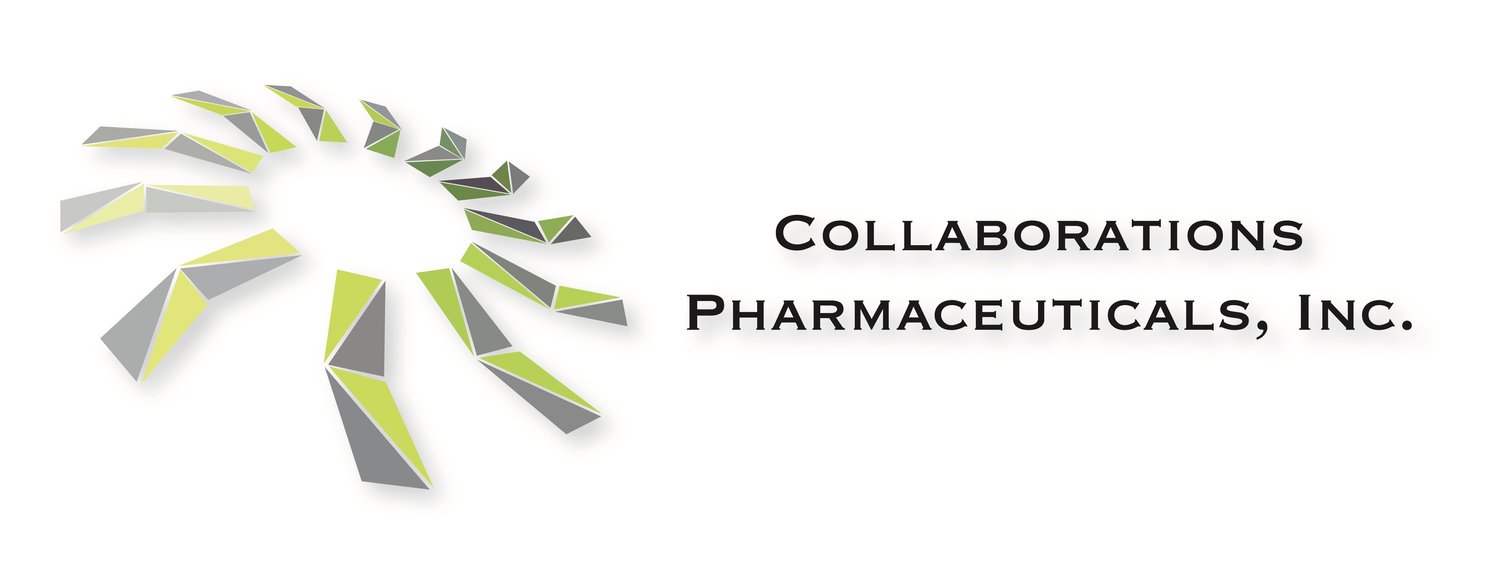What We Do
We develop potential therapeutics through our extensive researcher and foundation networks.
We identify research that can be readily translated to treatments for rare and neglected diseases.
We provide the drug discovery preclinical and clinical expertise to move therapeutics towards the clinic.
We can help you by providing our expertise for your grant submission.
How We Report
Understand what the customer wants
Understand the problem and not just what our models can do
Clearly describe what we did:
- What did we find?
- How does this benefit the company?
- How can we build on this work for the company?
Provide graphical representations of the data
Highlight the advantages and acknowledge limitations
What We Have Delivered
We have obtained 9 orphan drug designations.
We have delivered measurable results for our collaborators and clients.
We have widely published our results in respected peer reviewed journals.
AI Safety
Collaborations Pharmaceuticals, Inc. has gained considerable expertise regarding AI safety which has led to our involvement in developing “Recommendations for generative AI: Preventing AI from creating chemical threats”:
Learn from The Hague Ethical Guidelines
Engage numerous AI ethics institutes or other experts to provide guidance
Increase ethical training for computing students and raise awareness
Increase training of scientists in companies to recognize potential for dual use of generative AI
Keep a human in the loop
Waitlist restriction (e.g. like GPT-3 was initially) to limit access
Use a public facing API to control access and how models are used
Federated learning - use encrypted data to train model without decrypting data
Disclosure of potential for dual use in publications to encourage recognition of this potential and visibility
Regulation of software and applications in industry/academia: limit access to tools, knowledge and expertise
Urbina, F., Lentzos, F., Invernizzi, C., Ekins, S. Dual use of artificial-intelligence-powered drug discovery. Nat Mach Intell 4, 189–191 (2022).
Urbina, F., Lentzos, F., Invernizzi, C., Ekins, S. A teachable moment for dual-use. Nat Mach Intell 4, 607 (2022).
Urbina, F., Lentzos, F., Invernizzi, C., Ekins, S. AI in Drug Discovery: A Wake-up Call. Drug Disc Today, 28, 103410 (2023).
Urbina, F., Lentzos, F., Invernizzi, C., Ekins, S. Preventing AI from Creating Biochemical Threats. J Chem Inf Model, 63, 691-694 (2023).
Ekins, S., Lentzos, F., Brackmann, M., Invernizzi, C. There’s a ‘ChatGPT’ for biology. What could go wrong? Bulletin of the Atomic Scientists (2023).
Ekins, S., Brackmann, M., Invernizzi, C., Lentzos, F., Generative Artificial Intelligence-Assisted Protein Design Must Consider Repurposing Potential GEN Biotechnology, 2, 296-300 (2023).
Ekins S., Biosecurity and Artificial Intelligence in the Life Sciences GEN Biotechnology, 3. 284-289 (2024).
Ekins S., The dark side; dual use implications of generative drug discovery, 163-174 in Ekins S., An Introduction to generative Drug Discovery, CRC press, Boca Raton FL., 2025.
CONTRACT MACHINE LEARNING
Collaborate to Accelerate Drug Discovery
- We sign a confidentiality agreement
- We send you a quote for the work
- You send us the molecules of interest
- We send you the predictions and applicability domain data etc.
Interested?
CONTACT US